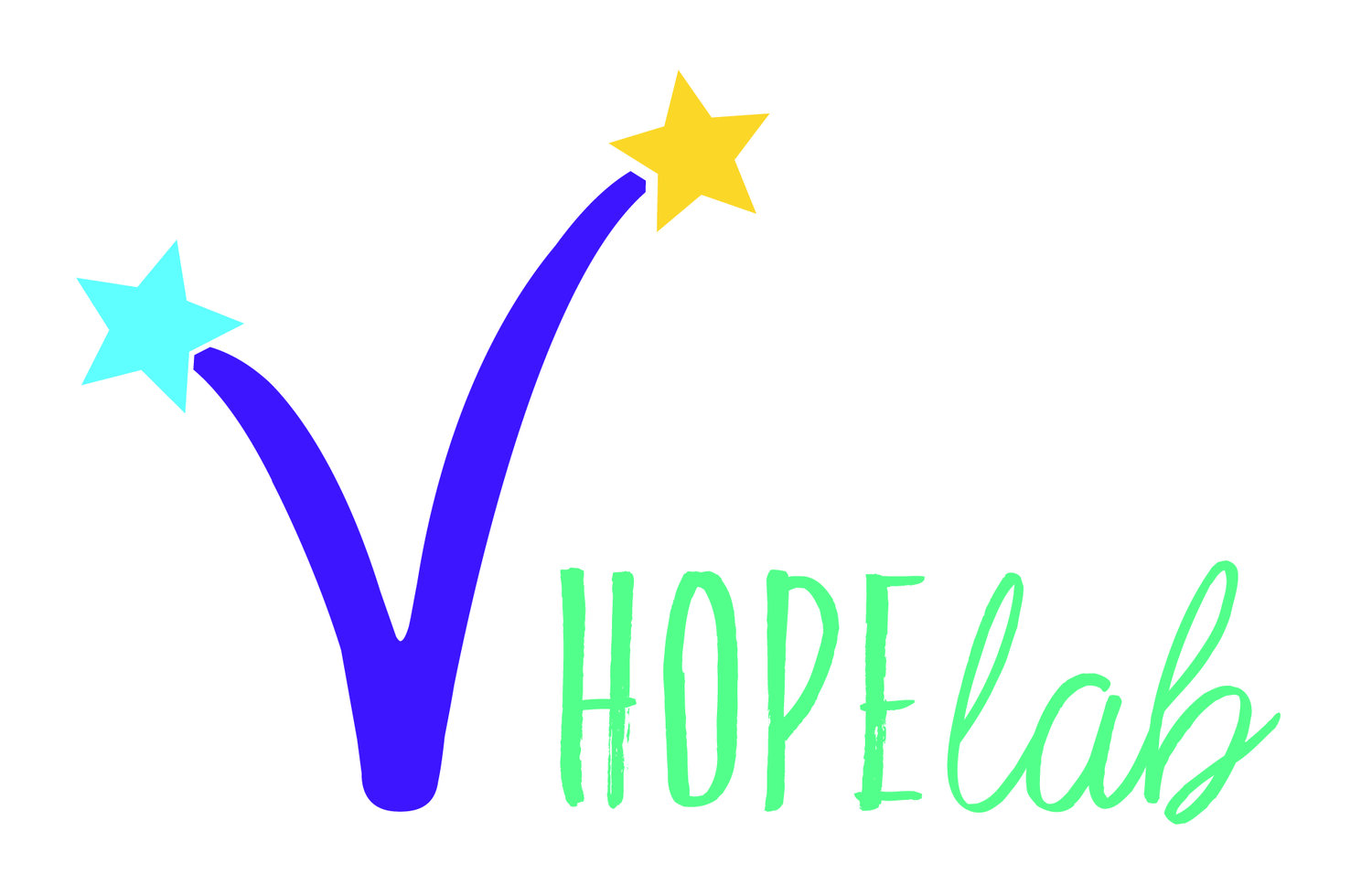
Our Focus
HOPELab research focuses on building healthy relationships as a foundation for well-being in childhood and adolescence. Currently, our projects fall into three areas: 1) evaluating healthy relationships/mental health promotion activities in school and community settings, 2) developing and evaluating implementation support tools for school-based mental health/healthy relationships service delivery; and 3) prevention of adolescent dating violence. Our lab collaborates with a number of community and research partners both provincially and nationally.
Our Mission
The Healthy Relationships Promotion Team Lab
(HOPELab, est. 2016) is dedicated to research evaluating healthy relationships and mental health promotion resources for children and youth in school and community settings. Directed by Dr. Deinera Exner-Cortens, our research aims to enhance child and youth well-being through prevention and implementation science.
Land Acknowledgement
The HOPELab acknowledges that we reside on the historical and current territory of the peoples of the Treaty 7 region in Southern Alberta. This territory is the land of the Siksika (Blackfoot), Piikani (Peigan), Kainai (Blood), Tsuut’ina (Sarcee) and Stoney Nakoda (including the Chiniki, Bearspaw, and Goodstoney) First Nations. The city of Calgary also resides on the land of Métis Nation of Alberta, Districts 5 and 6. The University of Calgary is situated on land adjacent to where the Bow River meets the Elbow River and that this area is known as Moh’kins’tsis.
Treaty 7 was signed in 1877 at Blackfoot Crossing and covers the majority of southern Alberta[1]. Indigenous communities involved in the making of Treaty 7 viewed the agreement as a peace treaty that outlined the shared use of this land[2]. However, the Canadian government saw this as an agreement to surrender Indigenous lands to the government. The peoples of this region would not have agreed to this surrender had this arrangement been made clear. Many of the promises made to Indigenous communities in this agreement still have not been fulfilled[3]. Let us recognize the continued care Indigenous communities provide for this land and the expertise they hold about this land. It is through the effort of these communities that this area remains such a beautiful and bountiful place. Continued action is needed to uphold the promises made in 1877 and honour the care provided to this land which we benefit from.
Please remember that words alone do not advance reconciliation. We continue to reflect on what we can do to support Indigenous communities in our area and begin making reparations. For example, reviewing the calls to action forwarded by the Truth and Reconciliation Commission of Canada, supporting Indigenous creators and businesses, and re-centering Indigenous ways of knowing in the university context and beyond by seeking out Indigenous perspectives. This land acknowledgement alone will not forward reconciliation, continued action is needed to support the Indigenous communities of this area.
*please note that this land acknowledgement was written from a settler perspective and does not speak for Indigenous voices
[1] Alberta Health Services, (2018). Indigenous Peoples and Communities in Alberta. Retrieved from https://together4health.albertahealthservices.ca/14632/widgets/56737/documents/34245
[2] Tesar, Alex. “Treaty 7”. The Canadian Encyclopedia, 06 November 2019, Historica Canada. https://www.thecanadianencyclopedia.ca/en/article/treaty-7. Accessed 10 June 2021.
[3] Aquash, M. (2011, May 10). Relations with First Nations: Decolonization in the Canadian context [web log post]. Retrieved from https://www.federationhss.cablog/relations-first-nations-decolonization- canadian-context
Get Involved
Interested in getting involved with HOPE Lab?
Click HERE.




